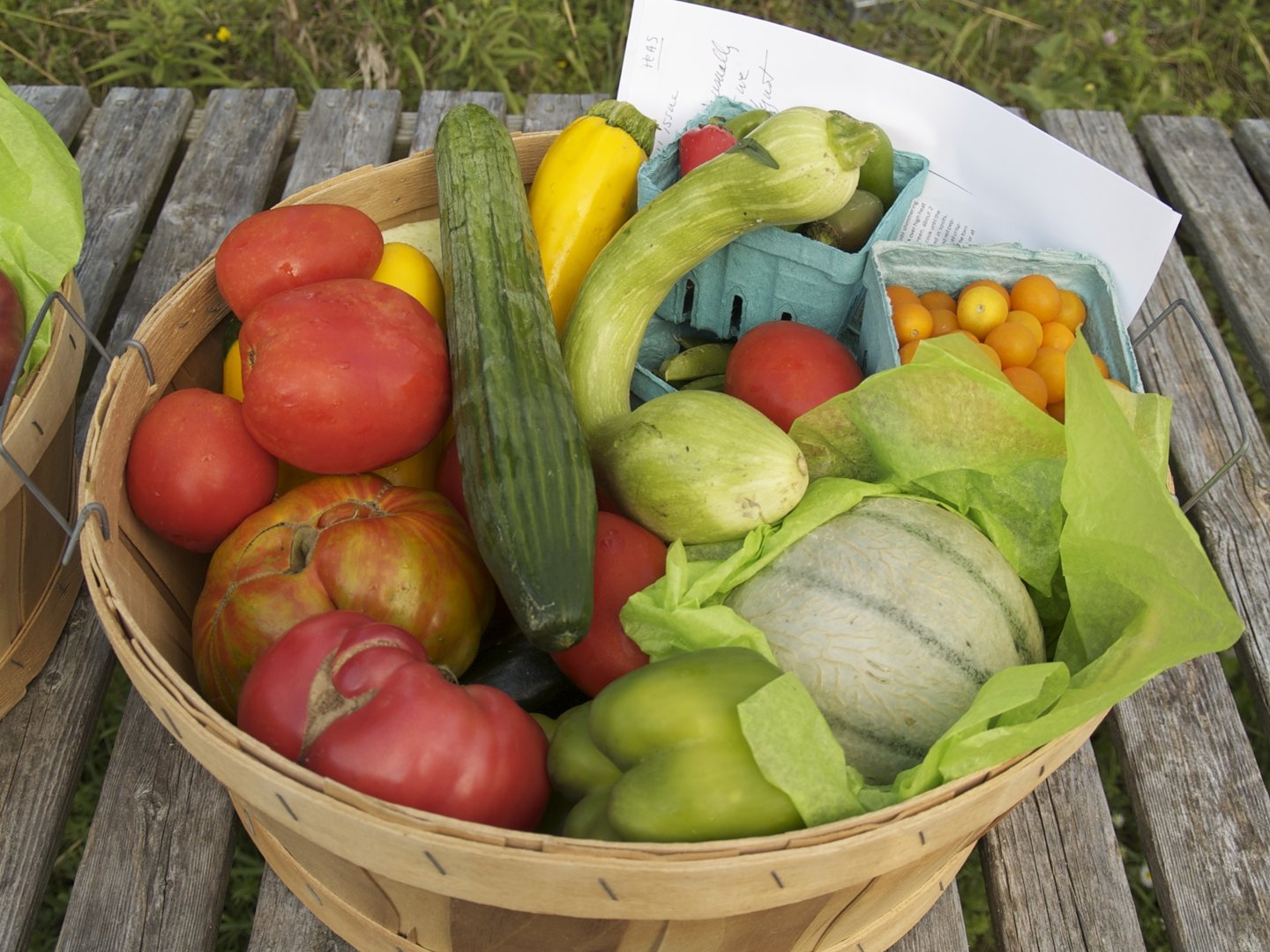Urban farming, also known as urban agriculture, is a practice that involves cultivating and growing food within urban areas. With the rise of urbanization and the increasing demand for sustainable and locally sourced food, urban farming has gained significant attention. In this blog post, we will delve into the benefits and challenges of urban farming, shedding light on its potential to transform our cities into green and self-sufficient food hubs.
Increased Access to Fresh and Nutritious Food:
Urban farming brings food production closer to consumers, reducing the distance food travels and ensuring access to fresh, high-quality produce. By growing fruits, vegetables, and herbs locally, urban farmers can harvest at peak ripeness, maximizing flavor and nutritional value. This direct connection between urban farmers and consumers promotes a healthier and more sustainable food system.
Utilization of Underutilized Spaces:
Urban farming’s capacity to convert underused regions into useful agricultural areas is one of its significant benefits. Gardens can be created on vacant lots, rooftops, balconies, and even vertical surfaces. This repurposing of space makes urban areas more attractive while also making the best use of the available land.
Environmental Benefits:
Urban farming contributes to environmental sustainability in multiple ways. Firstly, it reduces the carbon footprint associated with food transportation, as produce is grown locally and distributed within the city. Secondly, urban farms can mitigate the urban heat island effect by providing shade, reducing temperatures, and improving air quality. Lastly, these green spaces promote biodiversity, providing habitats for pollinators and other beneficial organisms.
Community Engagement and Social Cohesion:
Urban farming provides a forum for social interaction and community involvement. It fosters a sense of community pride and shared responsibility by bringing people together. Community gardens and urban farms offer locations for educational initiatives, workshops, and leisure pursuits, fostering local solidarity and building stronger communities.
Challenges of Urban Farming:
While urban farming presents numerous benefits, it also faces several challenges. Limited space and land availability can pose constraints on the scale and productivity of urban farms. Additionally, urban farmers must navigate zoning regulations, land ownership issues, and access to affordable resources such as water and organic fertilizers. Lack of knowledge and technical skills in urban agriculture can also hinder the success of urban farming initiatives.
Increased availability to fresh food, use of underutilized space, environmental sustainability, and community involvement are just a few of the advantages that urban farming offers. Urban farming has the potential to significantly contribute to the development of resilient and food-secure cities by overcoming obstacles including spatial constraints and legal restrictions. Urban farming may help create sustainable food systems that benefit both people and the environment as more people and communities adopt it.
Remember, urban farming is not only a means of growing food but also a catalyst for positive social change and environmental stewardship. By embracing urban farming, we can cultivate thriving communities and build a more sustainable future for all.



